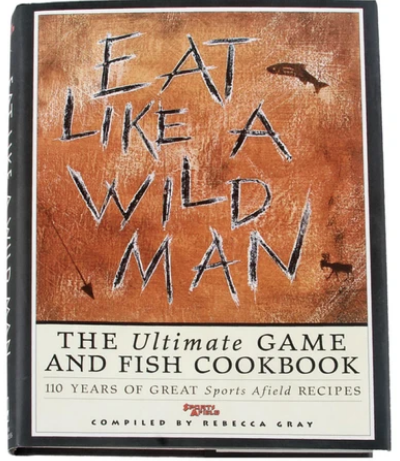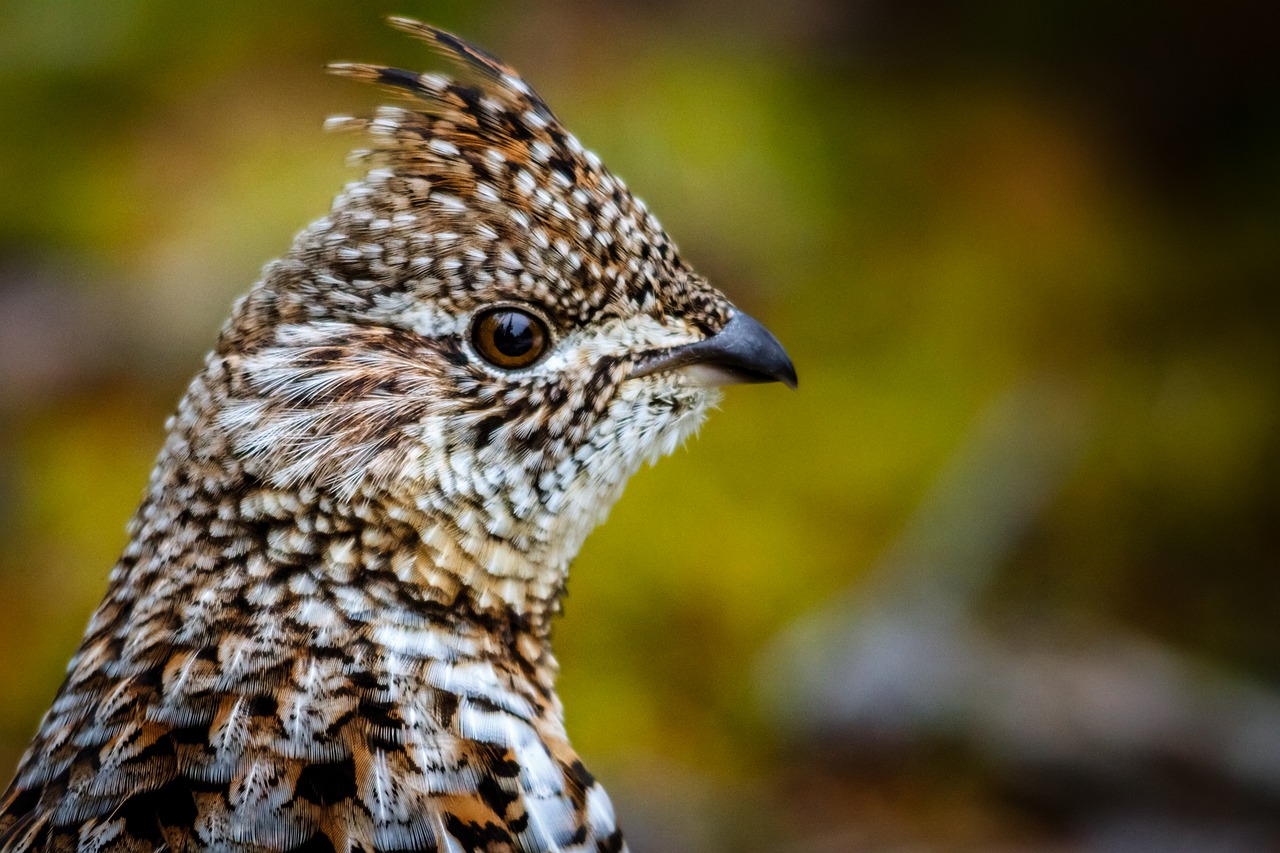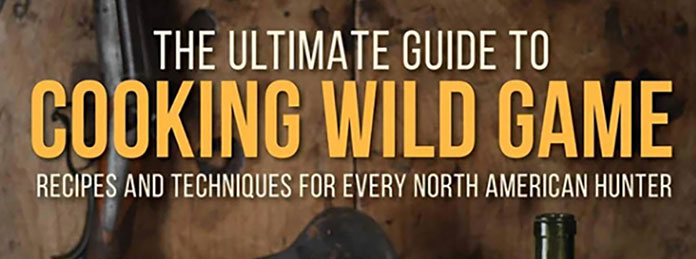Gently season, then grill to pink perfection.
We all love a good cut of venison. It’s one reason we hunt. Or at least it should be. But transforming deer, elk, and other game into culinary excellence can be a challenge – one usually learned through a great deal of trial and error.
One of the most commons faux-pas of grilling venison is over-cooking. Some folks assume that because it is wild game, it must taste “gamey.” And gamey means it must contain various uncivilized organisms that are not meant to be ingested by humans. So, “make sure it’s well-done!” are too often the last words before the meat meets the heat.
How many times have you asked someone if they like venison, only to be told, “I had some deer meat one time and it wasn’t very good.” That’s probably because it was ‘cooked to death,’ despite the fact that it was already dead.
I personally cook 75 percent of my venison on a charcoal grill. I have nothing against a gas grill but prefer the coals. The other 25 percent is turned into venison burger with 10 percent fat added. It goes into spaghetti sauce, burgers, and my award-winning chili. Okay, I entered one chili cook-off and won. So, I’m undefeated!
But back to the grill. Regardless of the cut or the critter from whence it came, the idea is to pull it from the fire while it’s pink in the middle. Sneak a peek with a knife cut or better yet, press on it and check the color of the liquid that surfaces. A bone-in chop cut just shy of an inch thick, properly seasoned and grilled quickly over a hot fire stands up to any ribeye I’ve ever tasted. And remember, if you take it off the fire too soon, you can throw it back on. However, once it’s over-done, ‘there ain’t no goin’ back,’ as some wise old-timer used to say.
For many of you, I’m singing to the choir. You know how to grill venison already. So, let’s talk seasoning for a second. First off, let me make this disclaimer – I am not a paid company spokesman pushing a certain product for my own personal gain. (Although I’m willing!) Just sharing my findings for the good of mankind, and your next cut of two-toed ungulate.
The spice I’ve gotten hooked on is Hi Mountain Seasonings. I first heard about their jerky seasonings – something I have not taken part in, though I hope this year to give it a try. A few years ago, I picked up three of their cooking seasonings in an outdoors box store. Why was I drawn to the Hi Mountain display? I liked the pictures on the labels.
I started with Western Style Elk Steak, Deer Steak and Buffalo Steak Seasonings. And no, I had neither elk nor buffalo (bison, of course) in the freezer, but I did have fresh white-tailed deer. What I found appealing right off was the way the seasoning melted into the meat. More like a rub than a heavy Montreal seasoning. It didn’t matter which of the three I selected, each did a marvelous job of livening up the flavors without overpowering them.
From there, I dug deeper into the Hi Mountain selections and discovered Poultry and Salmon seasonings. Yep, they work the same way. Salmon especially. I like a 10- to 12-ounce slab of the fresh pink meat, skin down, placed on aluminum foil over a medium hot grill. Meat side is massaged gently with Hi Mountain Salmon Rub. Let it sit while you have a beer or glass of wine. Or a nice sipping whisky. Maybe double that for full seasoning meltdown. Then cook the fillet skin side down for maybe ten minutes on a medium hot grill until it’s medium rare. It will absolutely make you want to swim up the nearest stream for more.
Based in Riverton, Wyoming, Hi Mountain Seasonings was originally created especially for wild meat. Check them out at himtnjerky.com.
And keep it pink!
 Eat Like a Wildman is a collection of the top rated wild game and fish recipes that Sports Afield magazine has published over the last 110 years. Lifelong food critic and cookbook author, Rebecca Gray selects and infuses a wonderful-tasting standards with her own culinary wizardry and provides instruction on the best methods for preparing fish and wild game to cook. Buy Now
Eat Like a Wildman is a collection of the top rated wild game and fish recipes that Sports Afield magazine has published over the last 110 years. Lifelong food critic and cookbook author, Rebecca Gray selects and infuses a wonderful-tasting standards with her own culinary wizardry and provides instruction on the best methods for preparing fish and wild game to cook. Buy Now




